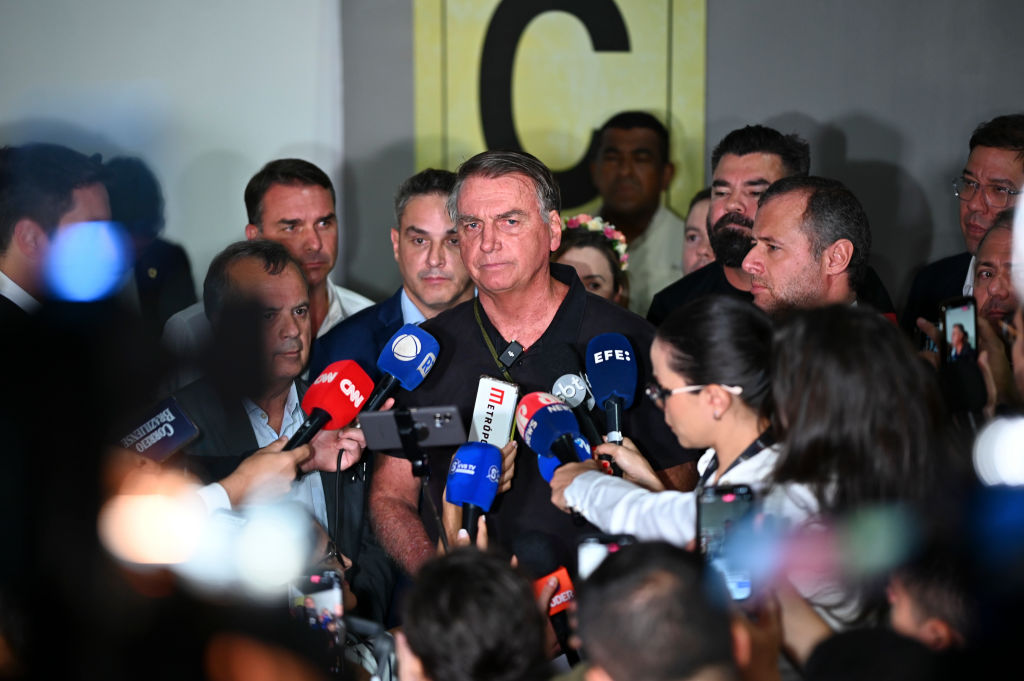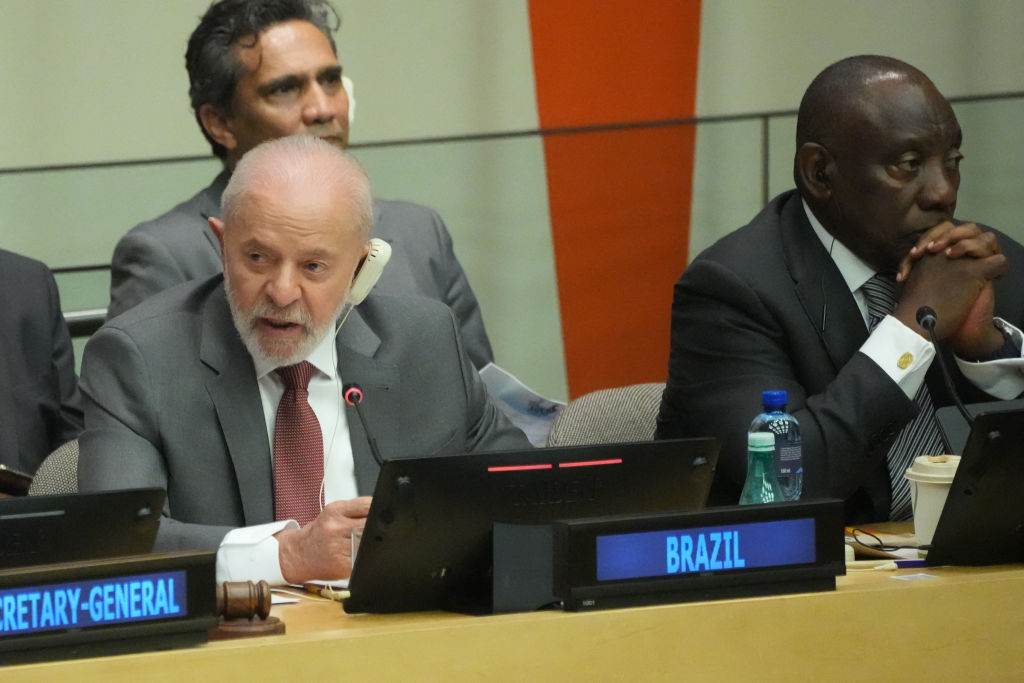Brazil Sets Climate Change Bull's-Eye
Brazil Sets Climate Change Bull's-Eye
After revealing a drop in deforestation rates, Brazil announced a greenhouse gas reduction target of nearly 40 percent by 2020. Brazil has partnered with France to chart a global climate change proposal for next month's UN environmental summit. Still, bold plans could give way to a scaled-back agreement in Copenhagen.
During a trip to France, Brazilian President Luiz Inácio Lula da Silva set a standard for next month’s UN climate change conference in Copenhagen. During a press conference with his French counterpart Nikolas Sarkozy, the two leaders agreed on a plan that calls for reducing global carbon emissions to 50 percent of 1990 levels over the course of the next four decades. The proposal also suggests that, by 2050, industrialized nations should decrease emissions to 80 percent of 1990 rates. The presidents labeled the plan a “climate bible” and it came just after Brazil announced a sharp drop in deforestation rates. Still, when the Copenhagen summit rolls around, bold plans could give way to a scaled-back agreement.
Until recently, Brazil has been reluctant about adopting greenhouse gas reduction targets, reports a new working paper about Brazilian energy by AS/COA’s Energy Action Group. The shift in its stance, says the paper, could prod other large developing nations such as India and China to follow suit “and its leadership in this matter could perhaps provide a breakthrough necessary for progress in Copenhagen.” The day before Lula’s meeting with Sarkozy, Brazil took just such a step when it announced intentions to cut carbon emissions by as much as 38.9 percent by 2020.
In December 2008, with Amazon deforestation on the rise, the country’s environmental ministry set a deadline of 2017 to cut deforestation rates by 72 percent. Last week, Brazil posted positive results: between August 2008 and July 2009, the rate dropped by 45 percent over the prior year. This represents the largest drop since the Brazilian government began monitoring deforestation in 1988. The progress could help set Brazil on a path to achieving its greenhouse gas reduction targets, given that deforestation accounts for half of the country’s emissions.
Such news moves Brazil away from its traditional role of asking industrialized countries to shoulder the burden of climate change responsibilities to a country that can set the course on global warming. On Monday, Lula said there would be no space for pessimism during the UN’s conference in Copenhagen next month and urged China and the United States to set emissions targets. Over the weekend, U.S. President Barack Obama and other leaders convened in Singapore for the Asia-Pacific Economic Cooperation summit where hey tempered hopes for a comprehensive climate change treaty in December. Grist’s David Roberts offers a positive take, blogging that, “[b]y taking some of the pressure off Copenhagen, the two-steps agreement has avoided disaster and maintained momentum.” The slower process could cover the time needed for the U.S. Senate to pass a delayed climate-change bill. In Beijing on Tuesday, Obama said his administration would propose targets next month if China does the same.
Learn more:
- AS/COA’s Energy Action Group working paper: Energy and Climate Change in Brazil, November 2009
- The Fall 2009 issue of Americas Quarterly focuses on how the Western Hemisphere can set environmental priorities.
- AS/COA news analysis on Brazil’s December 2008 plan to curb deforestation.
- Common Position of the Government of the Federative Republic of Brazil and the Government of the French Republic on Climate Change
- Brazil’s National Institute for Space Research figures on recent deforestation rates in the Amazon.







